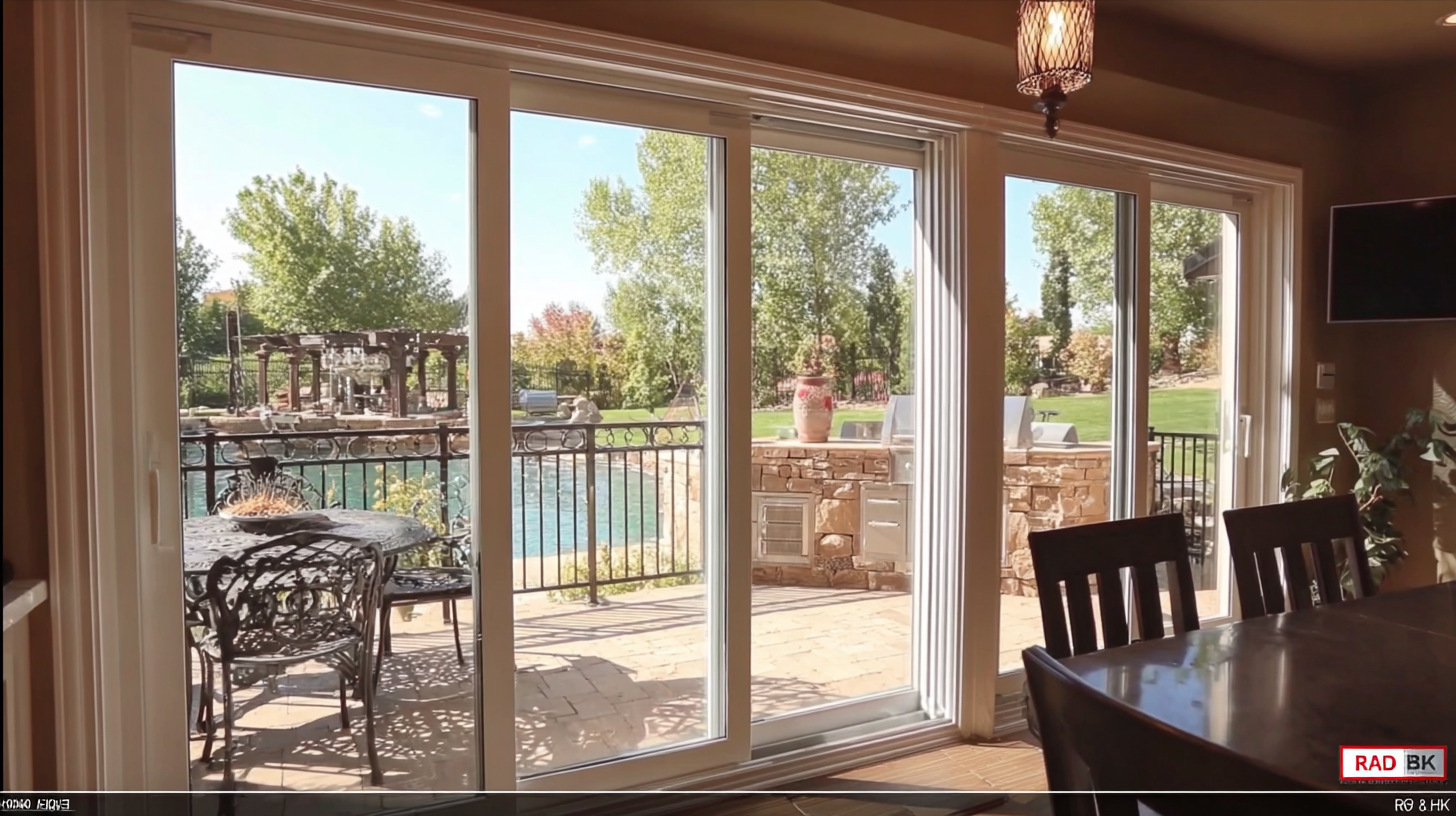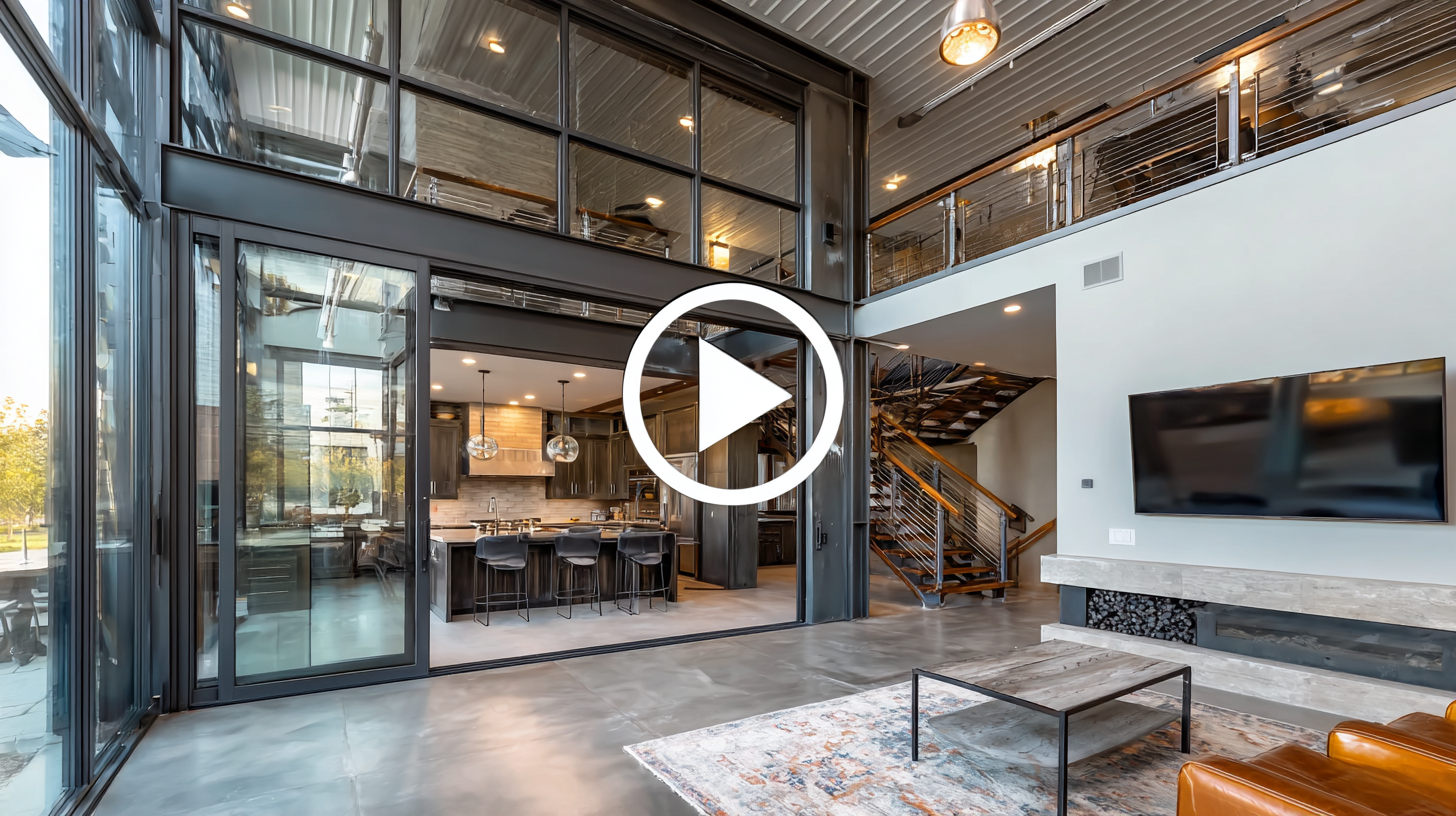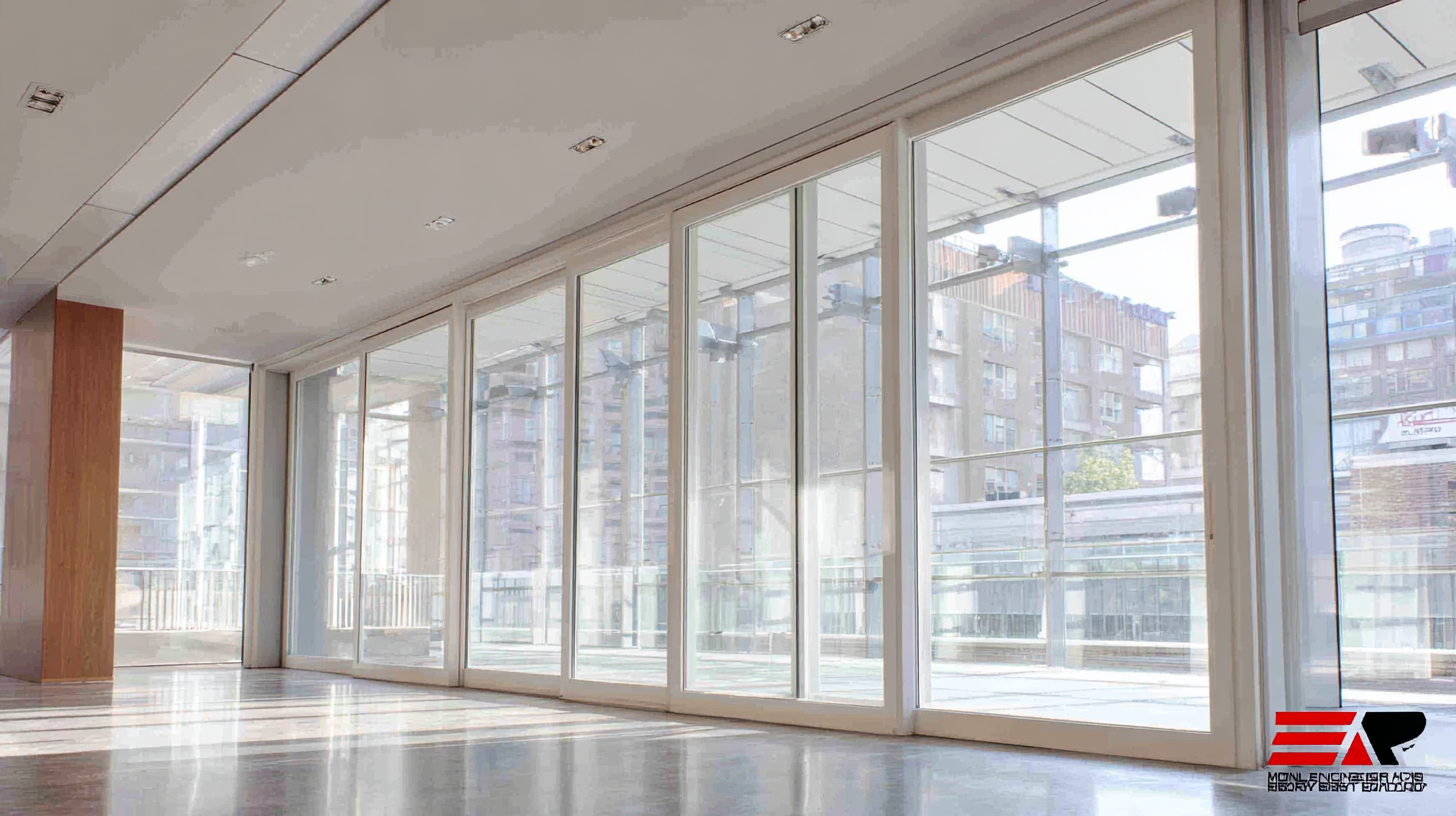
Understanding Industry Standards for Best Vertical Lift Window Sliding Doors and How to Choose the Right Option
In recent years, the demand for Vertical Lift Window Sliding Doors has significantly increased, driven by advancements in design and technology, as well as a growing emphasis on energy efficiency in construction. According to a report by Research and Markets, the global market for sliding doors is projected to reach $18.5 billion by 2027, with the vertical lift variant gaining popularity due to its innovative functionality and aesthetic appeal. These doors not only enhance the spatial experience by creating seamless transitions between indoor and outdoor environments but also meet stringent industry standards for performance and durability. Choosing the right option among these diverse offerings can be a daunting task, necessitating a thorough understanding of the standards that govern their production and installation. This blog aims to dissect these industry standards, providing insights to help you make informed decisions about Vertical Lift Window Sliding Doors that align with your specific needs and preferences.

Exploring the Evolution of Vertical Lift Window Sliding Doors in China
The evolution of vertical lift window sliding doors in China has been marked by rapid innovation and adaptation to contemporary architectural trends. Initially, these doors were designed primarily for functionality, allowing for efficient ventilation and visibility. However, as China's urban landscape developed, the demand for aesthetically pleasing and energy-efficient designs grew. Manufacturers began integrating advanced materials and cutting-edge technology to enhance performance, such as improved thermal insulation and noise reduction capabilities.
In recent years, the focus has shifted toward sustainability, with an increased emphasis on eco-friendly materials and energy-efficient production processes. This shift has been driven by both government regulations and consumer preferences for greener building solutions. Additionally, the customization of vertical lift window sliding doors has become a key trend, as homeowners and architects seek unique solutions that reflect personal styles while meeting practical needs. As this segment continues to evolve, we can expect ongoing advancements that will further transform the market in China and beyond.
Key Industry Standards Impacting Window Sliding Door Quality and Design
When it comes to vertical lift window sliding doors, adhering to industry standards is crucial for ensuring quality and durability. Key standards such as ASTM E330 for structural performance and AAMA/WDMA/CSA 101/I.S.2/A440 for windows and doors play significant roles in determining how well a product can withstand wind loads and other environmental stresses. According to a 2022 report by the American Architectural Manufacturers Association (AAMA), nearly 30% of commercial property owners reported issues related to insulation failure in sliding doors that did not meet these standards.
Tip: Always verify that the sliding doors you consider are certified by these standards to ensure they will perform to the expectations outlined by industry experts.
Another important factor to consider is energy efficiency, which is becoming increasingly critical in building codes. The National Fenestration Rating Council (NFRC) sets standards for assessing the energy performance of windows and doors. A recent study indicated that sliding doors with an Energy Star certification can help reduce energy consumption by up to 15% compared to non-certified options, making them an investment that pays off in both performance and cost savings.
Tip: Check for Energy Star ratings when selecting sliding doors to ensure you're investing in energy-efficient solutions that meet modern building standards.
Understanding Industry Standards for Best Vertical Lift Window Sliding Doors
| Feature | Standard Requirement | Impact on Quality | Considerations for Selection |
|---|---|---|---|
| Material Strength | ASTM E330 | Ensures durability and resistance to wind loads | Check compliance certificates |
| Thermal Performance | NFRC 100 | Indicates energy efficiency | Look for lower U-values |
| Weather Resistance | AAMA 501 | Protection against moisture and air infiltration | Assess drainage features |
| Sound Insulation | ASTM E90 | Reduces noise infiltration | Consider STC ratings |
| Safety Standards | ANSI Z97.1 | Prevents injuries from breakage | Select tempered or laminated glass |
Factors to Consider When Selecting Vertical Lift Windows for Your Space
When selecting vertical lift windows for your space, it's crucial to consider several key factors to ensure that you make a choice that aligns perfectly with your needs. First and foremost, assess the functionality and purpose of the windows in your design. Are they meant to provide natural light, enhance ventilation, or create a seamless connection between indoor and outdoor spaces? Understanding how these windows will be used can significantly influence your selection.

Another important factor is the material and construction of the vertical lift windows. Options range from traditional wood to modern fiberglass and aluminum, each offering distinct advantages in terms of durability, maintenance, and aesthetics. Additionally, consider the energy efficiency of the windows; look for options with high insulation values and low-emissivity coatings to optimize energy savings while maintaining comfort in your space. Lastly, always evaluate the manufacturer’s reputation and compliance with industry standards to ensure you are investing in quality and safety for your environment.
The Role of Innovation in Enhancing the Performance of Sliding Doors
In the competitive landscape of vertical lift window sliding doors, innovation plays a pivotal role in enhancing their performance and overall functionality. According to a recent report by the National Window and Door Association, products that incorporate advanced materials and technologies can improve thermal efficiency by up to 30%. This leap in efficiency not only aligns with energy conservation goals but also meets the increasing consumer demand for sustainable housing solutions.

Additionally, innovations such as integrated smart technology are redefining user experience. A study from the American Architectural Manufacturers Association indicates that over 45% of homeowners are willing to invest in smart systems that provide automated control over their sliding doors. These systems not only enhance convenience and security but also increase the property value, making modern sliding doors a significant consideration for both builders and buyers alike. With these technological advancements, manufacturers are well-positioned to cater to an evolving market that prioritizes functionality and sustainability.
Comparative Analysis of Global Brands: What Sets Chinese Manufacturers Apart
When it comes to vertical lift window sliding doors, understanding the landscape of global brands is crucial for making informed choices. Chinese manufacturers have carved a unique niche in this market, often standing out due to competitive pricing and innovative manufacturing techniques. Unlike their counterparts in the West, Chinese companies frequently utilize advanced automation and lean manufacturing practices, which not only reduce costs but also enhance product quality. This ability to balance affordability with functionality makes Chinese brands an attractive option for both residential and commercial projects.
Another distinguishing feature of Chinese manufacturers is their adaptability to market trends. They tend to respond swiftly to consumer demands, customizing products to meet diverse needs ranging from energy efficiency to aesthetic preferences. This flexibility is often supported by a robust supply chain that enables rapid prototyping and production cycles. As such, choosing a sliding door from a Chinese manufacturer might offer not just a cost-effective solution, but also access to cutting-edge designs that align with contemporary architectural styles. Ultimately, understanding these nuances can empower consumers with better insights, ensuring they select the right options for their specific requirements.
Comparative Analysis of Vertical Lift Window Sliding Doors
This bar chart illustrates the comparative analysis of various evaluation criteria for vertical lift window sliding doors, highlighting the strengths of global brands versus Chinese manufacturers.